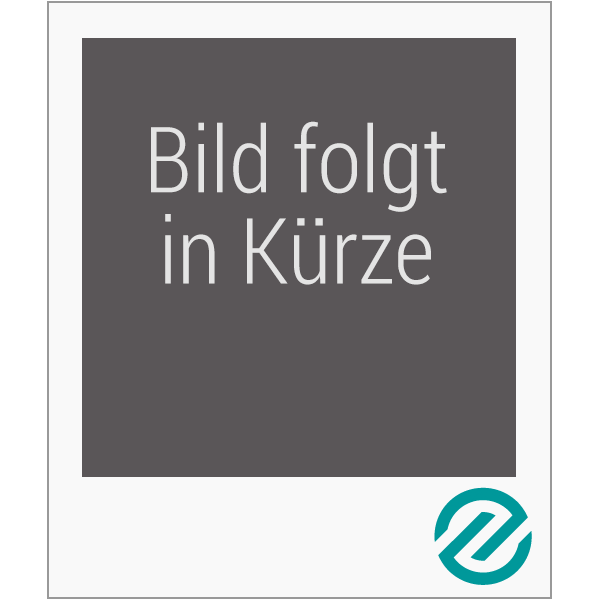This volume deals with mononuclear organomolybdenum compounds with organic ligands bonded by one to four carbon atoms to molybdenum with and without additional CO groups. These compounds can contain neutral donor ligands (e.g. amines, phosphanes, or nitriles) or ionic ligands (e.g. halides or pyrazolyl derivatives). The combination of these ligands leads to a great number of different types of compounds. The first sections describe compounds with isocyanide, carbene, carbyne, and acetylide ligands, e.g. compounds of the types (CO3)Mo(CNR)N2C10H8, RC(O)C(R')=MO(CO)5, RChMo(CO)4X, or K3 Ä(RChC)3Mo(CO=)3Ü. The following sections deal with compounds having alkene, alkyne, and allyl derivatives as ligands. The volume concludes with a description of compounds with ligands forming four Mo-C bonds. Most of these ligands are dienes. Compounds with trimethylene methane ligands, e.g. (CH2)3CMo(CO)4, are included. Among the many types of reactions described displacement of the diene ligand is the most common one. In particular, the norbarnadiene complex, C7H8Mo(CO)4, is the most widely used for the preparation of tetracarbonylmolybdenum compounds. An empirical formula and ligand index completes the volume.
Bitte wählen Sie Ihr Anliegen aus.
Rechnungen
Retourenschein anfordern
Bestellstatus
Storno

